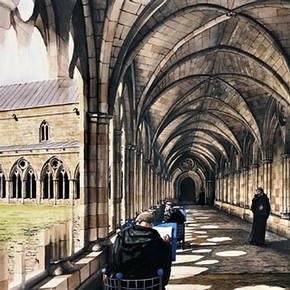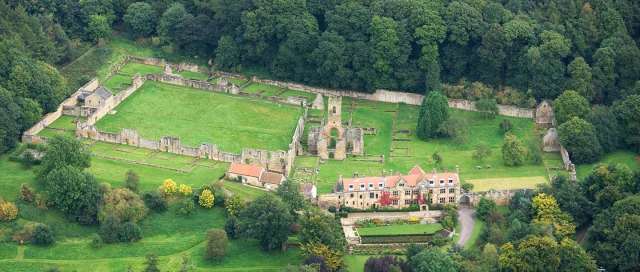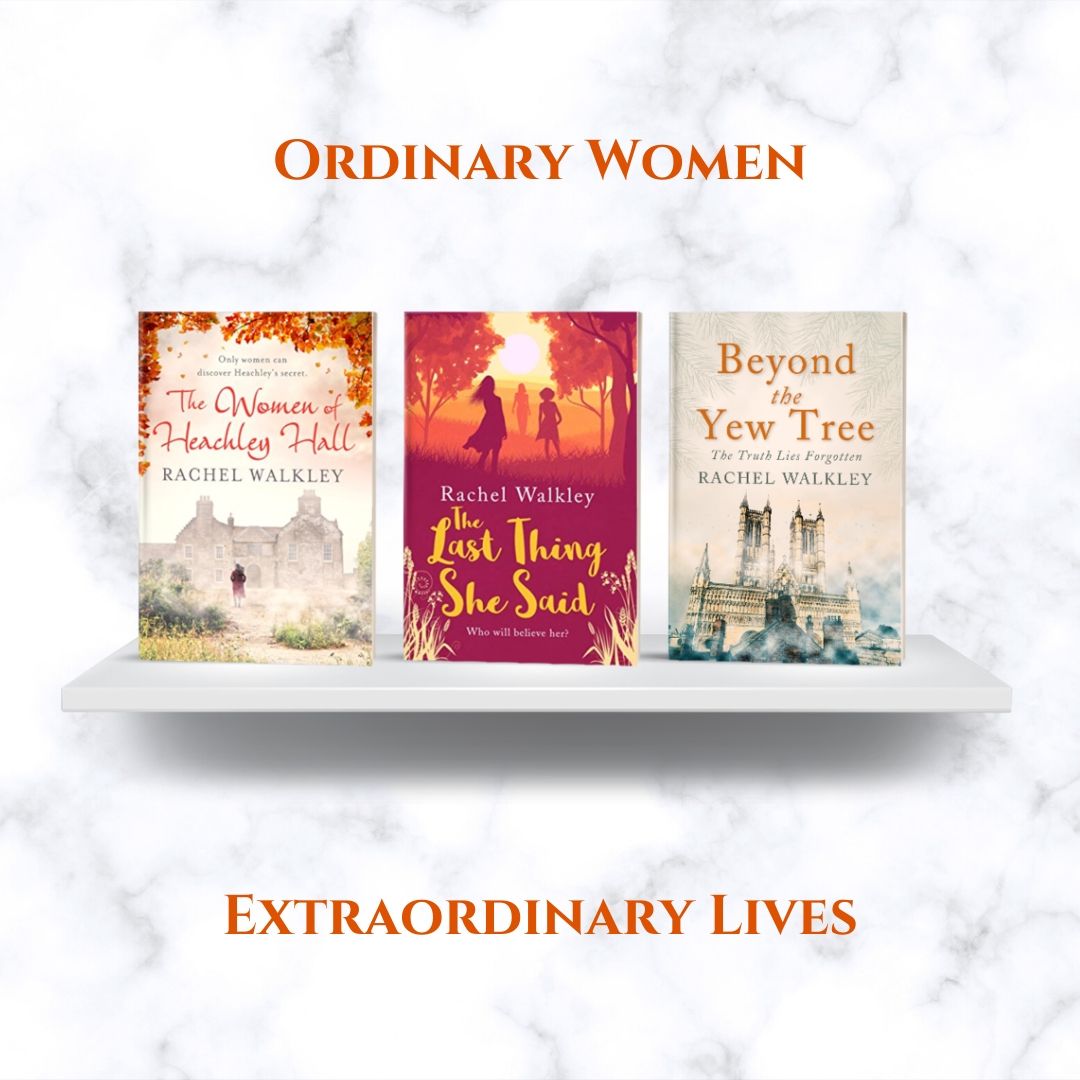 As I’ve been exploring the theme of abbeys and cathedrals, I can’t hope notice how many difference religious orders existed across the centuries. Their influence on the architecture of abbeys in particular is reflected in their daily life. So here is a run down of the key orders and something about their influence on what they built.
As I’ve been exploring the theme of abbeys and cathedrals, I can’t hope notice how many difference religious orders existed across the centuries. Their influence on the architecture of abbeys in particular is reflected in their daily life. So here is a run down of the key orders and something about their influence on what they built.
The early monasticism began life in 3rd Century Egypt and Syria by those seeking a place for solitude and prayer. St Anthony of Egypt (died 356) is considered the father of monasticism. He was a hermit and lived in the Nitrian desert. This location was later used to build monasteries which have since gone. In Britain and Ireland, monasticism began with the Celts at places like Iona, Kildare and Lindisfarne Island, which are well known for their Christian origins.

Lindisfarne Priory – an early Celtic Church established as a Benedictine house in 1093
What brought a more cohesive approach to monasticism were the precepts – an authoritative rule of action that early monks developed. The Rule of St Benedictine is a book of precepts written by Benedictine of Nursia in the 5th Century – all seventy-three chapters. A complete guide on how to be a monk and every hour of the day is accounted for. Benedictines were known as the Black Monks due to the their garb. Until the 11th Century is was the only monastic order in Western Europe, although they split into congregations such as Savigny at Buckfast Abbey.
The four sided cloister is perhaps one of the most distinctive monastic buildings – open to the elements, but also the light, it was a good place to read, write and exercise. There was plenty of space and the cloister was often ornate and decorated with stories from the bible. It also linked the various buildings of the monastery together.

The Abbey of Cluny in France was built in 910 and the Cluniac Order was something of a splitter from the Benedictines – they believed monks had become too involved in secular life and wanted to return to a stricter interpretation of the Rule of Benedictine. They weren’t the only ones because along came the Cistercians, who thought the Benedictine abbeys were getting far too wealthy. In 1098, Abbot Robert of Molesme set off with twenty monks to Citeaux and founded a new order – the Cistercians. By 1200 there were 500 Cistercian monasteries. They emphasise simplicity, austerity and self-denial. The architecture was plainer with little decoration, although still grand in scale. These were the White Monks, or sometimes known as Trappists. Quiet folk and self-sufficient.
Although the Reformation destroyed many monasteries, new ones have been founded in recent times. There are three active Cistercian Abbeys in Britain, including one in Wales – Calday Abbey on Calday Island, Pembrokshire (1910). You can see the plain smooth stones and white walls clearly. Mount St Bernards in Leicestershire (1835), and Sancta Maria Abbey in Nunraw, Scotland (founded 1946).
Carthusians follow the Rule of St Bruno, who founded the order in 1084. It has a separate set of rules from St Benedictine known as statues. These monks and nuns live a solitary life of prayer in cells. Just twelve monasteries, or charterhouses (after Chartreuse Mountains) were founded in Britain and the first was founded by Henry II in penance for his role in the death of Thomas Becket at Canterbury Cathedral. A charterhouse was a collection of hermits (little dwellings) arranged in a square.

You’d have to like the solitary life! Mount Grace Priory is a good example of a charterhouse, or though it is ruined.

The Augustinians are named after Augustine of Hippo who lived in the 4th Century. Their rule of order is separated into two distinct groups and predates the Benedictines. The Canons Regular – whom I mentioned in my Hexham Abbey post, and the Mendicant Order of Augustinian friars. A Mendicant Order have members who beg for their livelihoods – these orders include the Dominicans (Black Friars) and the Franciscans (Grey Friars). They often serve as priests in parishes and don’t form monasteries but are part of communities.
I’ll be revealing more about the Augustines (both Friars and Canons Regular) tomorrow in a post about their priories.











The cloistered life has always appealed to me…though i married and adopted a daughter in my 50’s. go figure!! thanks for the good read. Lightheaded: Retiring at 8300 feet
LikeLike
The opportunity to live a quiet life, although quite hard work too, would be appealing. Not sure about getting up in the middle of the night for prayers!
LikeLiked by 1 person
i totally agree. prayers at midnight or three a.m. would be challenging.
LikeLike
FAscinating. I’v ever looked too closely to the history of religious orders, but that’s definitely a history of its own.
Thanks fo much for sharing. Very succint, but informative.
@JazzFeathers
The Old Shelter – 1940s Film Noir
LikeLike
Religious Orders are very complicated. I only covered a few and those are predominately Catholic.
LikeLike